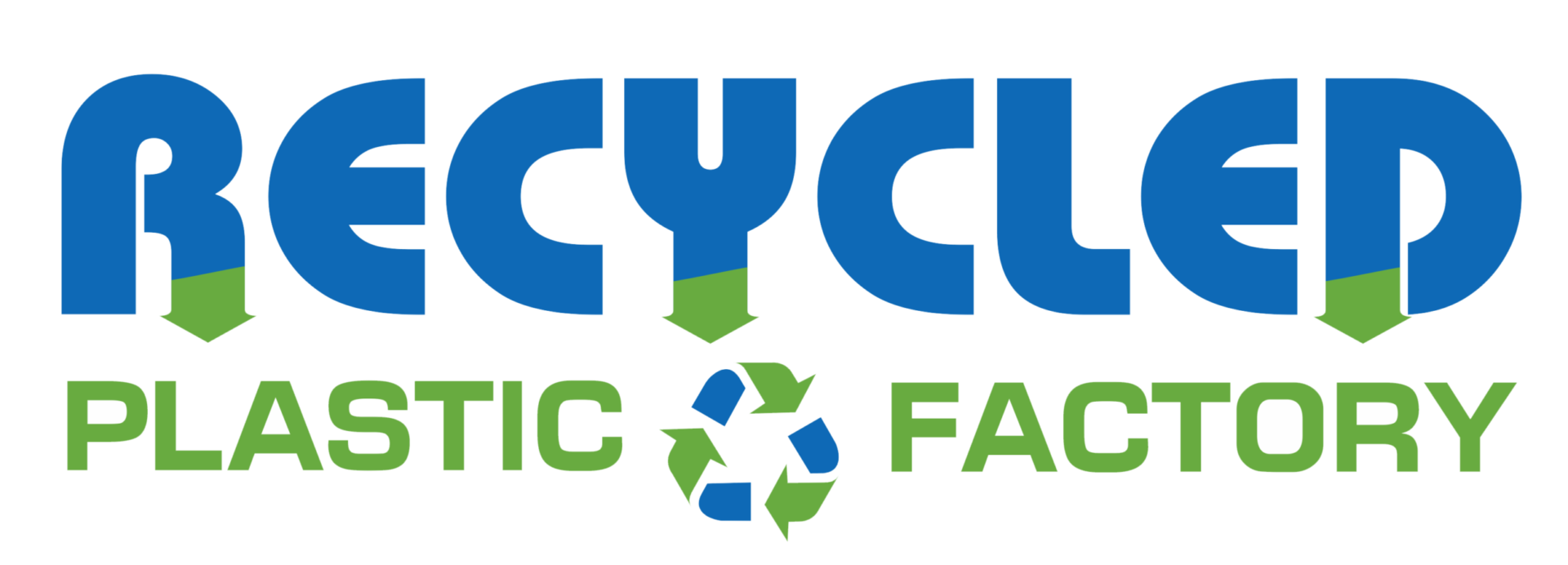Exploring the Innovative World of Gerecycled Plastic and Its Impact on Sustainable Living
In recent years, the innovative use of gerecycled plastic has emerged as a pivotal solution in the quest for sustainable living. According to a report by the Global Recycling Foundation, the world generates over 300 million tons of plastic waste annually, with only 9% being recycled effectively. This staggering statistic highlights the urgent need for transformative practices in material usage. The adoption of gerecycled plastic not only mitigates the environmental impact of plastic waste but also promotes circular economy principles by reintroducing materials into the production cycle. Moreover, a study by the Ellen MacArthur Foundation reveals that moving towards a circular economy could yield $4.5 trillion in economic benefits by 2030. As we explore the multifaceted applications and benefits of gerecycled plastic, it becomes evident that leveraging this material is not just an environmental imperative, but also an opportunity for innovation and growth in sustainable living.

The Rise of Gerecycled Plastic: Transforming Waste into Valuable Resources
 The rise of gerecycled plastic represents a significant shift in how industries approach waste management and resource reutilization. This innovative material is not only transforming discarded plastics into valuable resources but is also aligning with the principles of the circular economy. According to recent trends, companies are increasingly adopting circular practices, as highlighted in the McKinsey Global Survey on AI, which shows that organizations are actively seeking to capture value through sustainable strategies. Effective recycling of plastics can lead to a reduction in emissions and waste, thereby enhancing overall sustainability within various sectors.
The rise of gerecycled plastic represents a significant shift in how industries approach waste management and resource reutilization. This innovative material is not only transforming discarded plastics into valuable resources but is also aligning with the principles of the circular economy. According to recent trends, companies are increasingly adopting circular practices, as highlighted in the McKinsey Global Survey on AI, which shows that organizations are actively seeking to capture value through sustainable strategies. Effective recycling of plastics can lead to a reduction in emissions and waste, thereby enhancing overall sustainability within various sectors.
Additionally, the burgeoning market for gerecycled plastic parallels the increasing focus on data monetization in different industries, including healthcare. By transitioning away from traditional linear models and embracing circularity, organizations can unlock new revenue streams and create lasting environmental benefits. Reports indicate that as consumers become more environmentally conscious, the demand for products made from recycled materials is growing. This shift is indicative of a broader societal trend toward sustainable living, showcasing the potential of gerecycled plastic to play a vital role in meeting both ecological and economic goals.
Innovative Applications of Gerecycled Plastic in Everyday Products
The innovative applications of gerecycled plastic in everyday products are transforming the sustainability landscape. According to a report from the World Economic Forum, only 9% of plastic is recycled globally. However, advancements in recycling technology are enabling the creation of high-quality gerecycled plastic that can be utilized in numerous consumer goods. For instance, companies like Unilever and Coca-Cola have committed to using gerecycled plastic in their packaging, which not only reduces reliance on virgin materials but also lowers carbon emissions associated with manufacturing.
Gerecycled plastic is making waves in various sectors, from fashion to home goods. Brands such as Adidas are incorporating gerecycled plastics into their footwear, with their Parley for the Oceans initiative, which aims to use at least 50% recycled polyester in their products by 2024. Furthermore, a study published in the Journal of Cleaner Production revealed that utilizing gerecycled materials can reduce energy consumption by up to 70% compared to virgin plastics. These examples highlight how gerecycled plastic is not just a trend but a crucial component of a sustainable future.
The Environmental Impact of Gerecycled Plastic on Waste Reduction
The environmental impact of gerecycled plastic on waste reduction is significant and multifaceted. According to a report by the Global Plastic Alliance, approximately 300 million tons of plastic are produced annually, with a substantial portion ending up in landfills and oceans. By utilizing gerecycled plastic, we can mitigate this issue by diverting plastic waste from these sites. Studies indicate that recycling plastic can save up to 80% of the energy consumption associated with producing new plastic, which not only reduces the carbon footprint but also conserves valuable resources.
Moreover, innovative applications of gerecycled plastic are emerging in various industries, helping to demonstrate its potential for sustainable living. For instance, a report from the Ellen MacArthur Foundation reveals that increasing the recycling rate of plastics to 50% could result in a decrease of around 1.3 gigatons of greenhouse gas emissions by 2030. This shift not only promotes a circular economy but also fosters the development of new, eco-friendly products, ranging from construction materials to consumer goods, further enhancing waste reduction efforts and promoting sustainability across sectors.
Impact of Gerecycled Plastic on Waste Reduction
This chart illustrates the increase in the amount of plastic waste recycled from the year 2018 to 2023. The data shows a significant growth trend, indicating the positive impact of gerecycled plastic on waste reduction efforts, promoting sustainable living practices.
Consumer Awareness and Advocacy for Gerecycled Plastic Solutions
The movement toward gerecycled plastic solutions is gaining momentum, largely due to increased consumer awareness and advocacy. As more individuals become informed about the environmental impact of plastic waste, they are actively seeking products made from recycled materials. This shift is not just about personal choices but also about demanding transparency from companies regarding their sustainability practices. Consumers are now more inclined to support brands that prioritize gerecycled materials, which in turn encourages manufacturers to adopt more eco-friendly production methods.
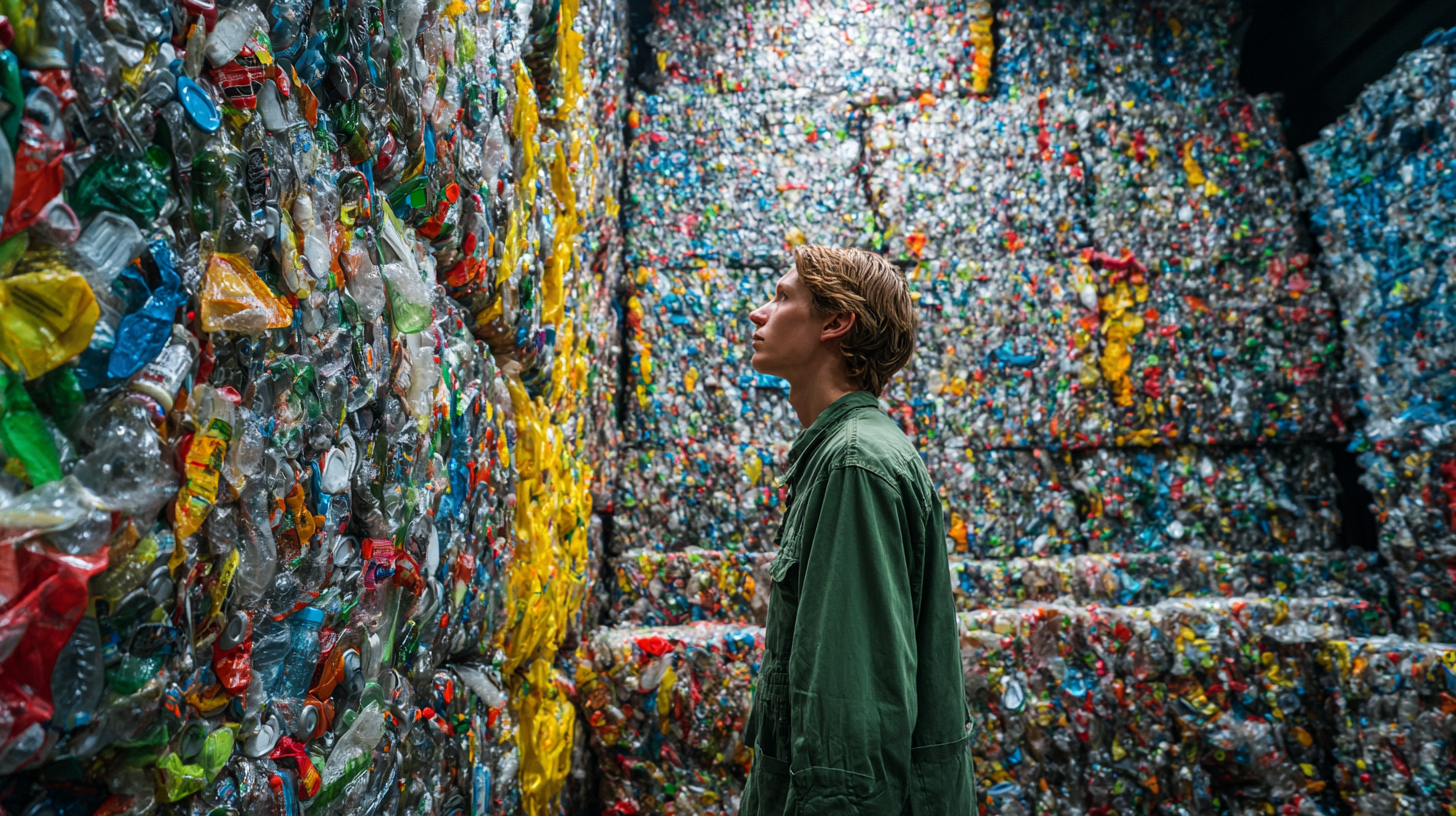
Advocacy plays a crucial role in amplifying voices that champion gerecycled plastic initiatives. Grassroots movements, social media campaigns, and educational programs are mobilizing communities to understand the benefits of using products derived from recycled plastic. As people rally together to promote these solutions, they are not only reducing landfill waste but also fostering a circular economy. By highlighting success stories and encouraging responsible consumption, advocates are laying the groundwork for a future where gerecycled plastic is not just an alternative, but a standard in sustainable living practices.
Future Trends: The Role of Technology in Advancing Gerecycled Plastic Initiatives
As the world grapples with the pressing need for sustainable solutions, technology is playing a pivotal role in advancing gerecycled plastic initiatives. Innovations in recycling processes, such as chemical recycling, enable us to convert plastic waste back into its original monomers, allowing for a higher quality of recycled materials. This technology not only enhances the recycling rate but also reduces the dependence on virgin plastics, fostering a more sustainable circular economy.
Tips: To support gerecycled plastic initiatives, consider choosing products made from recycled materials and advocate for brands that prioritize sustainability in their production processes. Additionally, engage in community recycling programs which often incorporate new technologies to improve efficiency and effectiveness.
Future trends indicate an increasing reliance on artificial intelligence and blockchain to enhance supply chain transparency and traceability of recycled plastics. With AI, waste sorting systems can become smarter, identifying and separating plastics more effectively. As these technologies evolve, they promise to revolutionize the recycling landscape, making it more efficient and less resource-intensive.
Tips: Stay informed about local recycling technologies and participate in workshops or seminars to understand how you can contribute effectively. Small actions, like separating your recyclables correctly, can make a significant difference in supporting these advancements.
Exploring the Innovative World of Gerecycled Plastic and Its Impact on Sustainable Living
| Dimension | Current Trend | Technology Impact | Future Potential |
|---|---|---|---|
| Material Usage | Increasing integration of gerecycled plastics in consumer products. | Advanced recycling methods improving quality. | Potential for 50% of plastic products to be gerecycled materials by 2030. |
| Public Awareness | Growing consumer knowledge about plastic waste. | Social media campaigns promoting gerecycled plastics. | Increase in sustainable product purchases expected in the next decade. |
| Policy Changes | Stricter regulations on single-use plastics. | Technology enabling compliance tracking. | Anticipated global agreements to phase out virgin plastics. |
| Recycling Processes | Innovative sorting and processing technologies emerged. | AI optimizing recycling facilities. | Efficient systems could recycle 90% of plastic waste by 2035. |
| Consumer Behavior | Increased preference for sustainable products. | E-commerce platforms highlighting sustainability. | Projected market growth in gerecycled products to exceed $100 billion by 2030. |
Related Posts
-
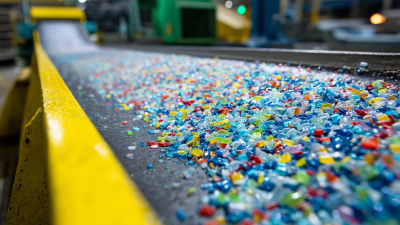
How to Transform Recycled Plastic Materials into Innovative Eco Friendly Products
-
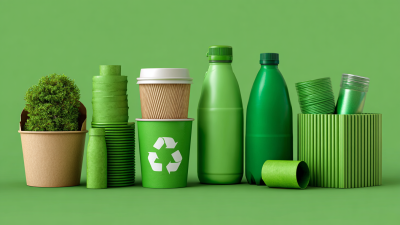
Understanding the Benefits of Green Recycling for a Sustainable Future
-

Driving Sustainability: The Role of Recycled Plastic Materials in China's 138th Import and Export Fair 2025
-
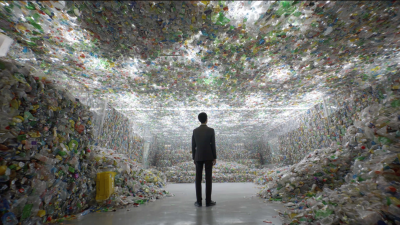
Exploring the Future of Recycled Materials at the 138th Canton Fair 2025
-
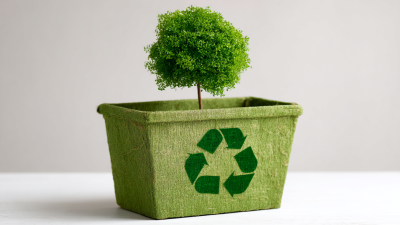
5 Incredible Tips to Effectively Recycle from Home for a Greener Planet
-
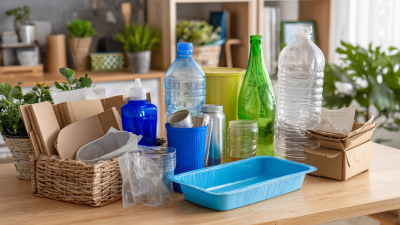
What is the Impact of Recycling from Home on Global Waste Reduction and Sustainability
